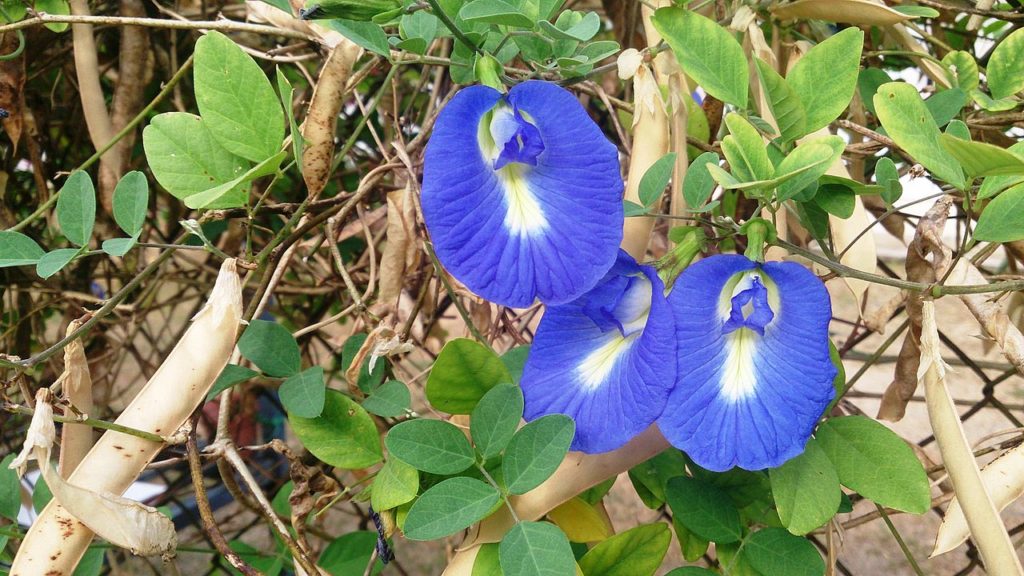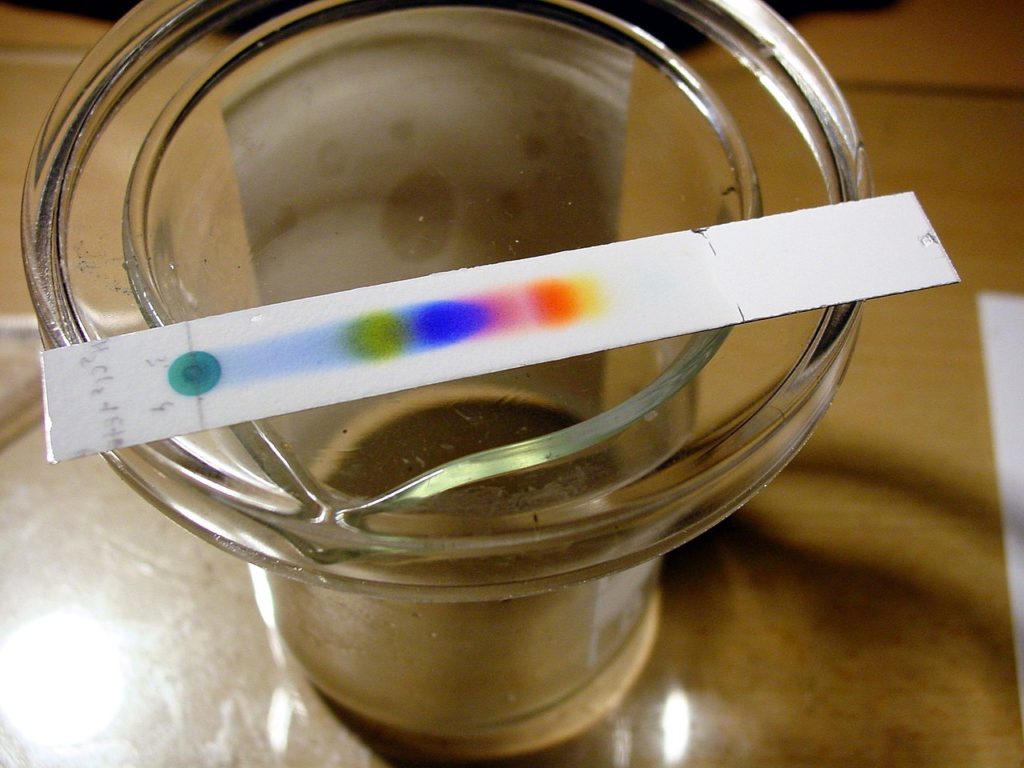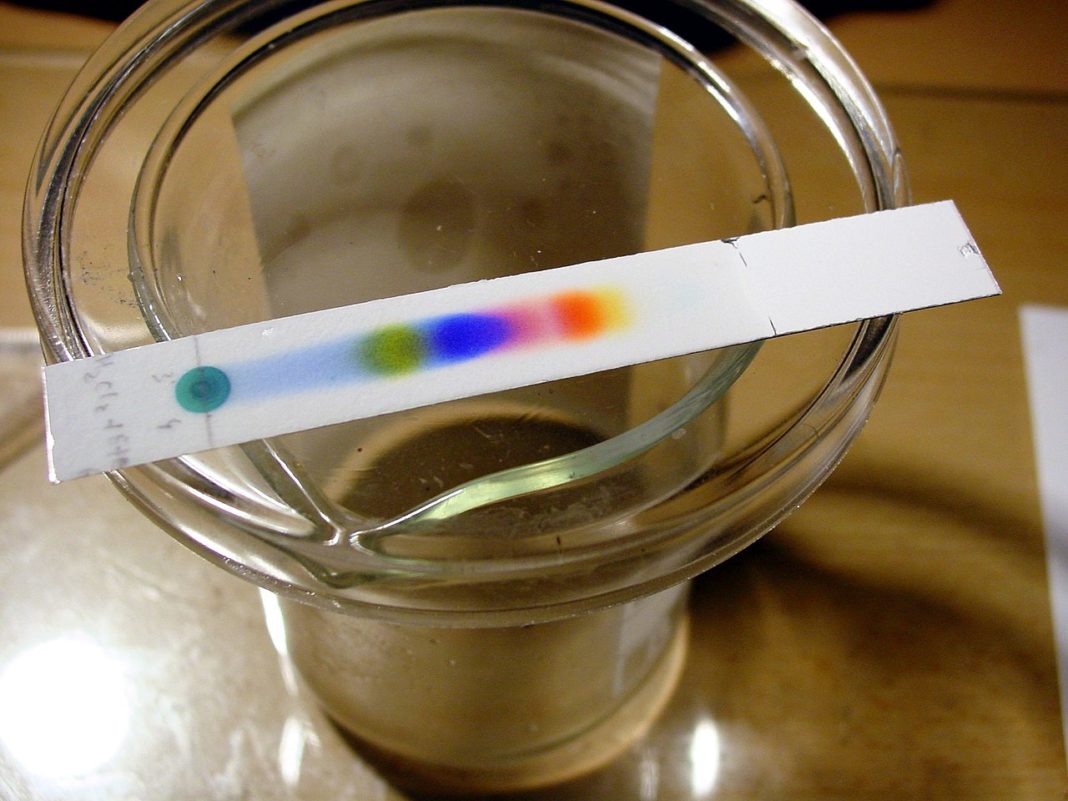After realizing that the butterfly pea flower (Clitoria ternatean) can be extracted into a solution with higher pH sensitivity than many other plants and can change color due to structural changes of a biological color pigment called anthocyanin (color pigment changes when there is a change in pH in food), Le Cao Tri thought of using it as a way to check the spoilage of the food.
 Butterfly pea flowers were collected and then extracted with alcohol at 70 degrees to extract anthocyanin solutions. The solution is then concentrated, evaporated with an alcohol solvent at a low temperature in a vacuum environment, and then mixed with other raw materials to create an indicator ink. The ink is calibrated and fixed pH.
Butterfly pea flowers were collected and then extracted with alcohol at 70 degrees to extract anthocyanin solutions. The solution is then concentrated, evaporated with an alcohol solvent at a low temperature in a vacuum environment, and then mixed with other raw materials to create an indicator ink. The ink is calibrated and fixed pH.
 After the ink is printed on paper inside packages or containers of fresh, high-protein foods, such as pre-processed and packaged fresh meats and fish, are stored at cool or frozen temperatures. When food spoils, it will release volatile amines, causing the pH of the storage environment inside the package to change, thereby changing the color of the label from red, purple, and green in order of food spoilage: red (0h), purple (8h) and blue (12h).
After the ink is printed on paper inside packages or containers of fresh, high-protein foods, such as pre-processed and packaged fresh meats and fish, are stored at cool or frozen temperatures. When food spoils, it will release volatile amines, causing the pH of the storage environment inside the package to change, thereby changing the color of the label from red, purple, and green in order of food spoilage: red (0h), purple (8h) and blue (12h).
Researches on packaging or printing ink that can detect food spoilage have been carried out by many studies in Vietnam, but Tri and Vi’s group is the first to use butterfly pea flowers to make ink, which is completely natural and safe for food and humans.
According to vnexpress.net












